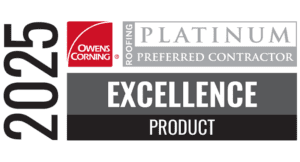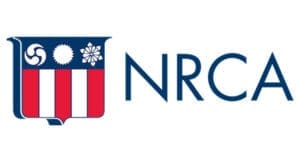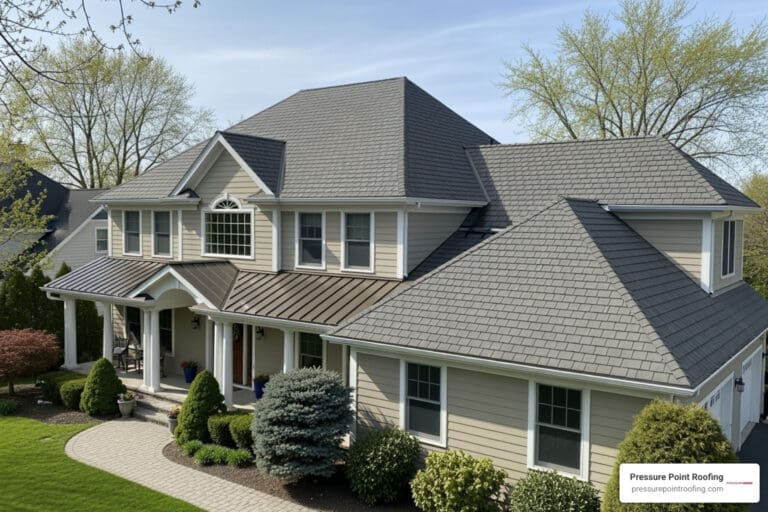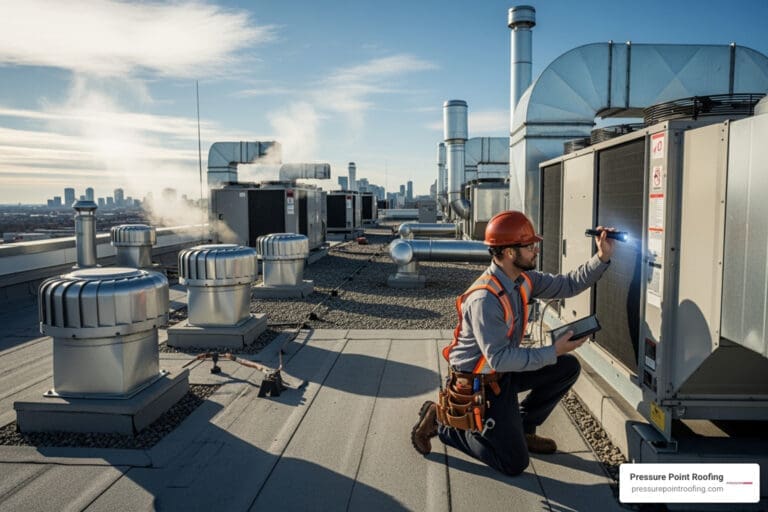Pruning Trees to Protect Your Roof: Extend Your Roof’s Lifespan
Your roof is one of the most critical components of your home—it shields you from rain, wind, snow, and heat, while playing a major role in energy efficiency and structural integrity. While most homeowners understand the importance of regular roof inspections and maintenance, far fewer recognize how the trees i
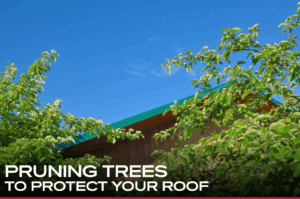
n their yard can directly impact the life and condition of their roof. At Pressure Point Roofing, we believe in a holistic approach to roof care, including educating homeowners like you on the value of pruning trees to protect your roof.
Damage Caused by Overhanging or Touching Tree Branches
Trees provide natural beauty, shade, and privacy, but when their branches grow too close to your home, they can cause significant damage to your roof. Whether from overhanging limbs brushing against roofing materials, or the risk of falling branches during a storm, tree-related hazards are among the most common causes of premature roof damage in wooded or suburban areas.
1. Physical Damage from Contact
Branches that overhang or directly touch your roof can scrape and gouge roofing shingles, especially when wind causes them to sway. Asphalt shingles are designed to withstand the elements, but repeated abrasion from limbs will wear away the protective granules and create weak spots. Over time, this can lead to leaks, water intrusion, and even structural roof damage.
2. Accumulated Debris
Leaves, twigs, acorns, and pine needles that drop from overhanging branches can quickly accumulate on your roof, especially in valleys and near gutters. This organic matter holds moisture, which promotes the growth of moss, algae, and mold—each of which can degrade roofing materials and add weight to roof sections. Worse yet, clogged gutters from leaf buildup can prevent proper drainage, causing water to back up and penetrate under your shingles.
3. Animal Access and Nesting
Low-hanging branches can act as a bridge for rodents, squirrels, raccoons, and other pests to access your roof and attic. Once they’re on your roof, animals can damage vents, chew on materials, and find entry points into your home’s insulation or living areas. Birds may also build nests in gutters, causing water flow issues.
4. Increased Moisture and Shade
A dense canopy of overhanging limbs reduces the amount of sunlight that reaches your roof, especially in cool, wet climates. Without sunlight to dry out your roofing material, moisture can linger longer than it should, accelerating wear and fostering mold or mildew growth. A constantly damp roof deteriorates much faster than one exposed to intermittent sunshine and air flow.
How Pruning Trees Protects Your Roof and Extends Its Life
1. Prevents Contact and Abrasion
By trimming back branches so they don’t touch or overhang your roof, you eliminate one of the most common forms of damage: physical wear. Proper pruning maintains a buffer zone between your home and surrounding foliage, giving your roof room to “breathe” and remain free of scuffing or gouging.
2. Reduces Organic Debris
Pruning trees also reduces the volume of leaves and debris that fall on your roof throughout the year. Less debris means fewer gutter clogs, reduced moisture retention, and less risk of rot or mold. It also makes roof inspections and maintenance easier, as inspectors won’t have to clear large amounts of debris to assess roof condition.
3. Encourages Sunlight and Airflow
Thinning out tree limbs around your home helps increase the natural sunlight that reaches your roof, especially during fall and winter. Sun exposure helps keep shingles dry and reduces the risk of moss or algae growth. Improved airflow further accelerates drying after a storm or wet season.
4. Limits Animal Intrusion
When you prune tree branches back from the roofline, you reduce the accessibility of your home to wildlife. Animals are less likely to climb on your roof or find nesting spots, preventing many of the hidden structural issues pests can cause.
When and How to Prune Trees Safely
Pruning trees to protect your roof doesn’t mean cutting them down completely. It means maintaining a healthy distance and promoting tree health with strategic cuts. Best practices include:
- Trim branches at least 6–10 feet from the roofline.
- Remove any dead or diseased limbs immediately.
- Use professional tree trimming services for large or high-risk limbs.
- Inspect and prune in late winter or early spring when trees are dormant.
- Avoid “topping” trees, which can stress them and create more problems.
For the best results, combine regular tree maintenance with annual roof inspections. At Pressure Point Roofing, we’re happy to provide a thorough roof assessment and offer expert guidance on tree management strategies that preserve your investment and improve your home’s safety.
Protect Your Home’s Roof with Preventive Tree Maintenance
Your home is likely your most valuable investment, and your roof is the first defense against the elements. By taking proactive steps such as pruning trees to protect your roof, you can extend the lifespan of your roofing system, avoid costly repairs, and reduce the risk of severe damage from storms or wildfires.
Don’t let overhanging limbs put your home at risk. Contact Pressure Point Roofing today for a professional roof inspection and guidance on protecting your home from preventable tree-related damage. Our team proudly serves homeowners across Southern Oregon with high-quality roofing services backed by years of experience and customer satisfaction.
For more information, visit pressurepointroofing.com or call to schedule your free consultation. Let’s work together to keep your home safe and your roof in top condition for years to come.
Schedule a Consultation
By submitting this form, I agree to receive calls and text messages (including those sent using automated technology) from Pressure Point Roofing, LLC and its representatives at the number provided. Message and data rates may apply. Message frequency may vary. Consent is not required as a condition of purchase. Reply STOP to unsubscribe at any time.
Related Content
Partners and Awards




